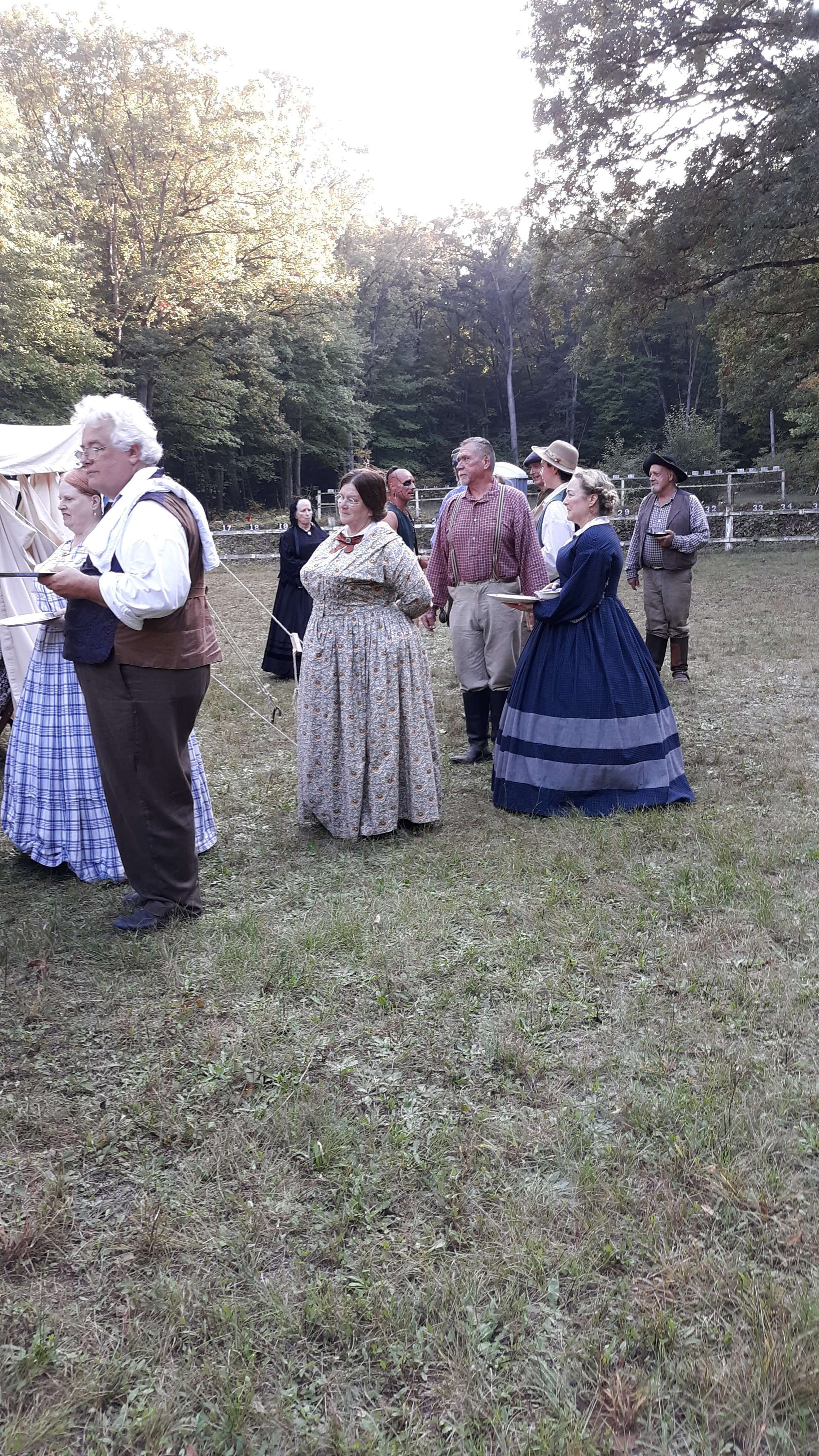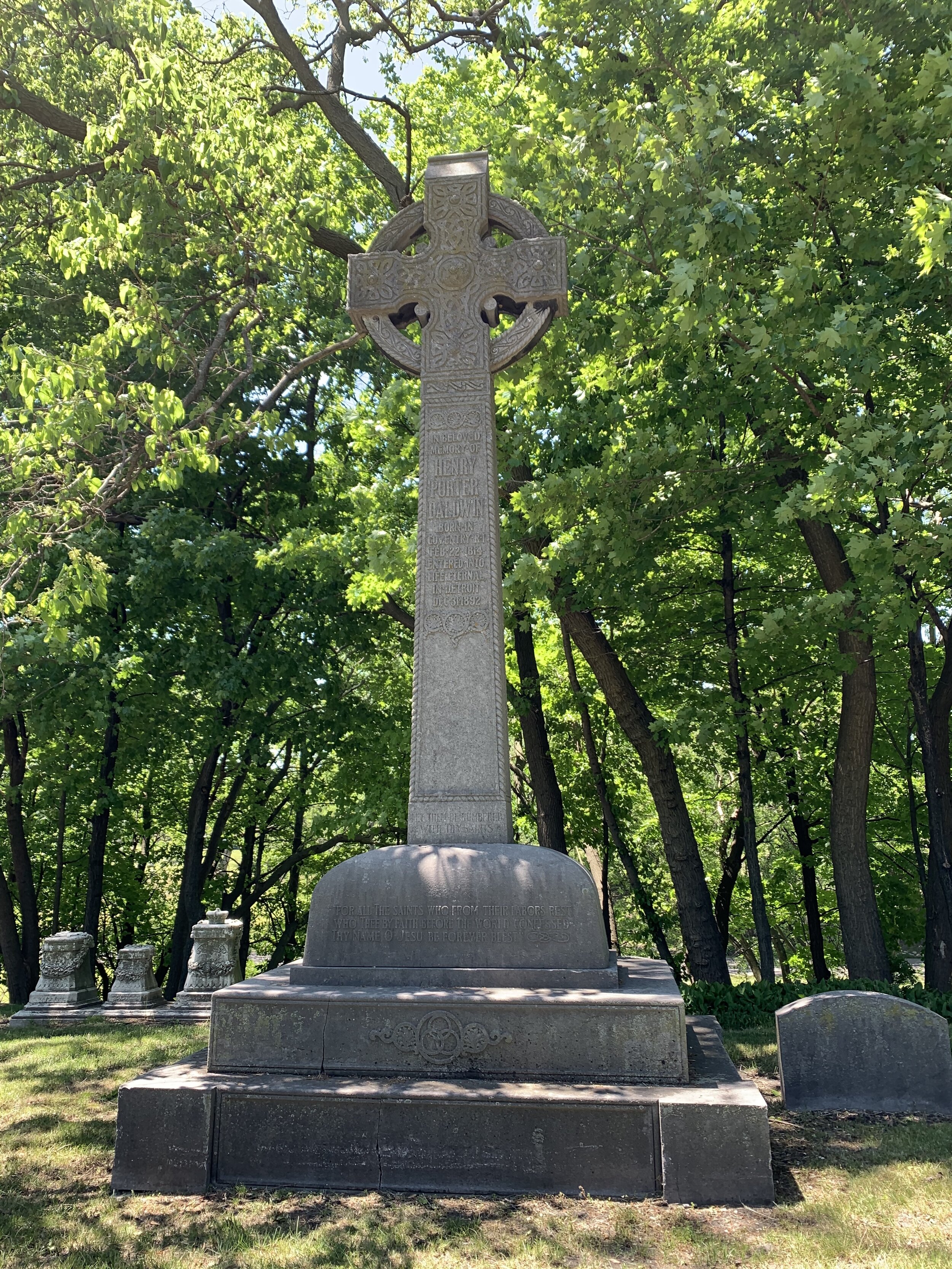Submitted by Sandra Root
Once again, I would like to thank the Grand Valley Cap N Ballers Club for allowing me to use the high rifle range to hold the Civil War 1860s Gathering Knowledge event. This year we changed the dates of the weekend due to some conflicts. Unfortunately, the dates of October 8010 also conflicted with other fall activities.
We had 20 participants this year, which was only down by 5 people. There were a few new faces including 5 Confederate soldiers. All were very excited to attend and would like to attend next year.
We camp in canvas tents with period correct furnishings. We try to dress and learn everything we can about the time period. Five teams of 4 walked the woods walk this year, which was up by one team from last year. Each team stopped at a station and asked a question related to the 1860s or given a challenge to complete. Their answers were scored and the winners were awarded prizes off a blank, as if it was a shoot. Other activities this year included a swap-and-sell, puppet show, and harvest dinner on Saturday night. Everyone contributed an 1860s seasonal dish to the harvest dinner.
During the puppet show, shots were heard from the woods. Loud screams and hollers along with more gunfire. All of a sudden, a few Frenchmen along with an Indian were raiding our camps! Clothes were gone through, food was eaten. Once we realized they were not there to hurt us but were just hungry, we invited them to join us in our harvest dinner.
These new additions, Drew Harrington and a few friends, were asked by me to join us this weekend. I wanted the crowd to be a little started but also to learn more about Native Americans in Michigan in the mid-19th century. He set up his bard and cattail lodge. When the darkness of night was upon us, we all took a tour of Drew’s lodge. With a fire lit in the middle, we were able to squeeze 15 of us in the lodge. Stories were told and information shared. What a wonderful experience for all! It reminded me that we have so much to learn from other time periods and different reenactors.
Rain kept us from much activity on Sunday morning We did manage to get ready for a church service given by Rev. Guy Purdue in 1860s style. To conclude the weekend, everyone enjoyed leftovers from the harvest dinner the night before. We continued to have fun with parlor games, laughing together until it was finally time to break camp and go home.






























